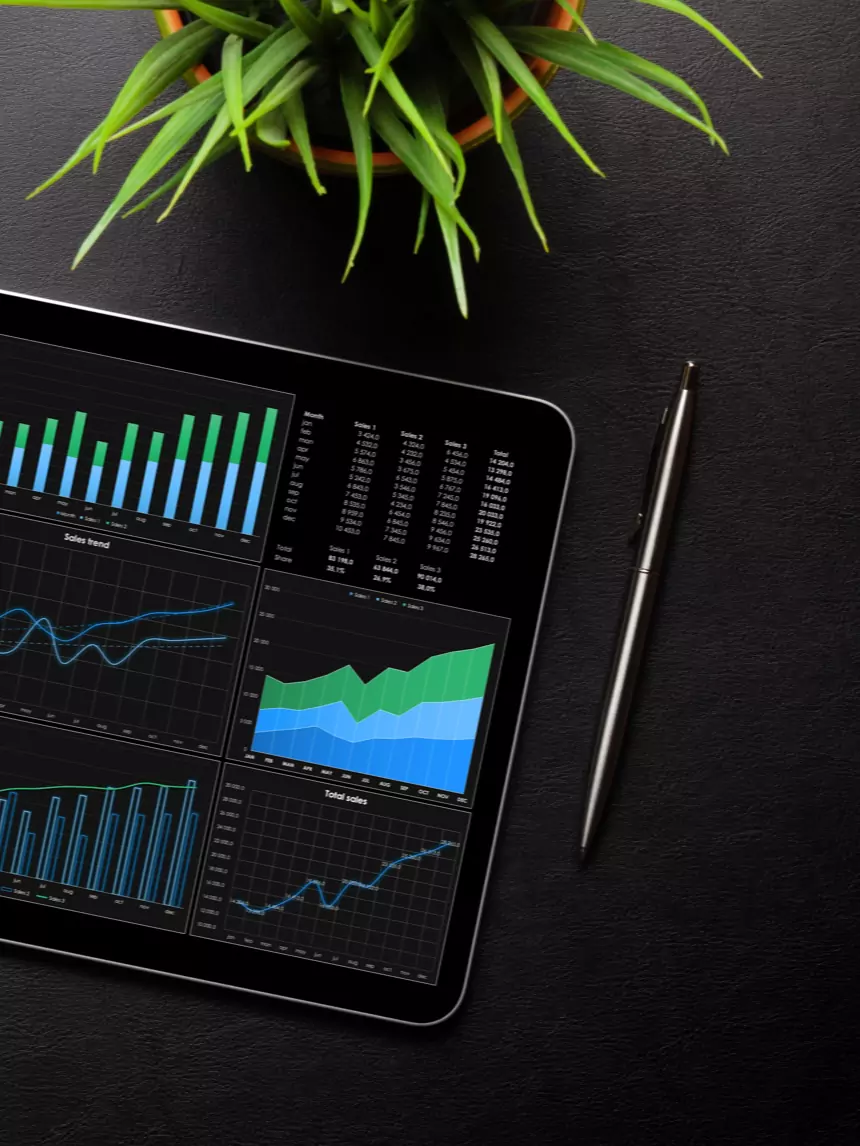Co-Founder Taliferro


It's game time in the world of business, and just like in sports, every player needs the right stats to perform at their best. This is where the power of role-specific dashboards comes into play. Think about a coach who tailors training to each athlete's strengths and weaknesses—this personalized approach is exactly what we're aiming for in dashboard design.
Understanding User Needs
First things first, we must dive deep into the daily battles our team faces. This isn't just about data; it's about understanding the person behind the role. What decisions do they make daily? What information is crucial to them? It’s like knowing a baseball pitcher needs different stats than a catcher to win the game.
Engagement with Stakeholders
Imagine you’re crafting a game plan for a big match. You wouldn’t do it without your key players, right? Similarly, involving stakeholders from the start ensures the dashboard is something they’ll actually use and love. Anecdote: A project manager once told me how involving sales reps in the design of their dashboard dramatically increased their usage and satisfaction because it truly addressed their needs.
Data Relevance and Selection
Selecting the right metrics is like picking players for an all-star team; not everyone makes the cut. For a sales manager, conversion rates might be crucial, while churn rates are critical for customer service teams.
Balancing Detail and Overload
There’s a fine line between being informed and being overwhelmed. It's tempting to show all the data you can, but like a seasoned coach, you need to know what stats to highlight at halftime to motivate, not overwhelm, your team.
Designing for Usability
Great dashboard design isn’t just about looks; it’s about function. Think about the ease of a well-designed car dashboard. Everything you need is right where you need it, no unnecessary distractions.
Interactive Elements
Adding interactive elements like filters or drill-downs gives users control over their data, similar to how a video game allows players to control their character’s view and actions, enhancing engagement and effectiveness.
Personalization and Flexibility
Let’s be real, one size never fits all. Allowing users to tweak their dashboards is like a basketball player who can adjust their sneakers for perfect comfort and performance. This personal touch can make all the difference in how a dashboard is received and used.
Adaptive Design Techniques
Just as a smart coach adapts strategies based on game performance, dashboards should evolve based on user feedback and changing business needs. This keeps the dashboard relevant and continuously valuable.
Implementation and Feedback Loop
The key to a winning dashboard is never settling. Launching your dashboard is just the beginning—it's crucial to keep iterating based on real user feedback, just like refining a team's playbook throughout the season.
Continuous Improvement
Think of it as ongoing training for your dashboards. The goal is to stay competitive and on top of the game, constantly fine-tuning to ensure peak performance.
Case Studies
Success Stories: A leading retail chain implemented role-specific dashboards and saw a 20% increase in efficiency. Managers had real-time access to stock levels and sales data, which allowed for quicker inventory adjustments and better sales strategies.
Lessons Learned: Another organization learned the hard way that not updating their dashboards regularly led to disuse and mistrust in the provided data. They revamped their approach, focusing on dynamic elements and regular updates, which restored confidence and usage.
Conclusion
Designing role-specific dashboards that everyone loves is about more than just data—it’s about respect and understanding for the roles that drive your company forward. It's about providing the right tools for your team to win big, every day.
So, take the leap, involve your team, choose your metrics wisely, and keep iterating. Your dashboard isn’t just a tool; it’s a game-changer.
Frequently Asked Questions
1. Why is it important to design role-specific dashboards?
Role-specific dashboards cater to the unique needs and decision-making processes of different organizational roles. By providing relevant data in a clear and concise manner, these dashboards enhance individual productivity and facilitate better, faster decision-making.
2. How do you determine which metrics to include on a dashboard?
Identifying the right metrics involves understanding the key performance indicators (KPIs) that align with the specific responsibilities and goals of each role. It’s crucial to engage with stakeholders to gather insights on what data they find most useful for their daily operations.
3. What are the best practices for dashboard usability?
Best practices include designing with a clear layout and visual hierarchy that prioritizes important information, ensuring the dashboard is intuitive to use, and incorporating interactive elements like filters and drill-downs that allow users to customize their data view.
4. How can dashboards remain flexible and adaptable over time?
To ensure dashboards remain relevant, incorporate flexible design elements that allow for easy updates and modifications based on evolving business needs and user feedback. Regularly revisiting and refining the dashboard ensures it continues to serve its purpose effectively.
5. What are common pitfalls in dashboard design and how can they be avoided?
Common pitfalls include overcrowding the dashboard with too much data, failing to update it regularly, and not aligning the dashboard’s design with the actual needs of its users. These can be avoided by maintaining a focus on simplicity, relevance, and regular engagement with users for feedback.
6. How often should feedback be collected on dashboard effectiveness?
Feedback should be an ongoing process, ideally collected both formally and informally at regular intervals. This could be as frequent as quarterly reviews, or more often if the dashboard is critical to daily operations. Continuous feedback helps in making timely improvements and adjustments.
Tyrone Showers
